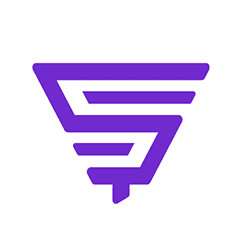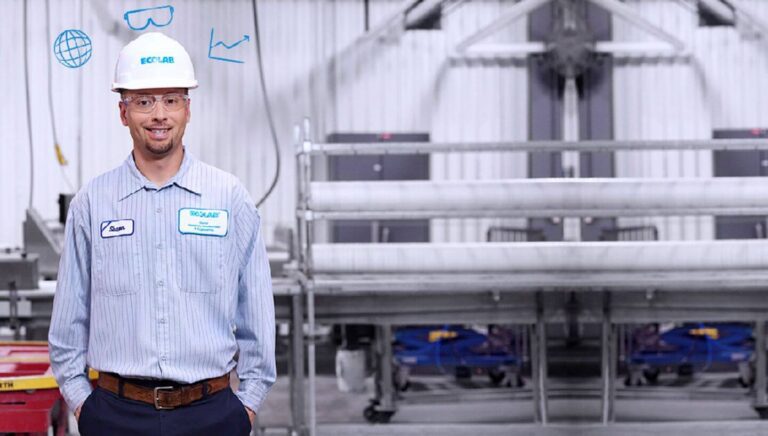 Sometimes they're a one-off for an immediate need, other times a strategically placed component of an integrated omnichannel campaign. They can be static, even somewhat generic Ð or highly dynamic and personalized.
Sometimes they're a one-off for an immediate need, other times a strategically placed component of an integrated omnichannel campaign. They can be static, even somewhat generic Ð or highly dynamic and personalized.
But more to the point, do banner ads work?
In the consumer world, a programmatic banner can be expected to generate about five clicks per 10,000 impressions. That's not a particularly impressive statistic. Yet our marketing colleagues understand that banner ads can effectively capture attention and build brand awareness, regardless of whether someone actually engages with them.
For example, let's say you're online browsing different retail sites for that perfect pair of shoes. You've seen something you like but haven't quite made the decision to buy anything yet. Then you start noticing that banner ads featuring these same shoes seem to be "following" you everywhere on social media, your email "promotions" tab and even on websites that have little to do with shoe shopping. Eventually these multiple impressions may compel you to click through and take a closer look. Then, (more often than not) you're presented with not only your original choice, but also other shoe options that could fit your needs (or feet) even better. Buy the time those shoes hit the "shopping cart," you have everything you need to make an informed and confident choice.
Essentially, that's how a programmatic banner campaign works whether for a product or a career. It's all about tapping in to an interest or need and sending out a series of relevant messages where your audience "lives" online.
Recruitment banners: an overview
In recruitment marketing, banner ads generally perform somewhat better: about 14 clicks per 10,000 impressions (after all, our target audience and media channels are usually much narrower). However, it's not as simple as putting your organization's banner online and expecting candidates to just click through and apply. You need a plan, too!
What makes recruitment banners "work"? It comes down to
- How they're used
- What they say (is there alignment with your EVP?)
- Where candidates see them
- Where candidates get "taken"
- Their functionality (i.e., candidates are more apt to engage with rich media)
At Symphony Talent, we often talk about how consumer marketing principles can be adopted and adapted in recruitment marketing to create a candidate-centric experience akin to what's delivered by an Amazon, Uber or Expedia. After all, candidates are already comfortable with the targeted messages, special offers/promotions and "you might also like's" they're exposed to as consumers. They expect the same level of personalization when they're job shopping, too.
Measuring and maximizing results
In programmatic banner advertising, every time a banner is served to a user, it is considered an individual media buy and priced on a cost per impression basis. To maximize your ROI it's important to serve up banners where they're most relevant.
There are technology tools such as Symphony Talent's M-Cloud, (our proprietary programmatic media buying platform) that use machine learning and AI to leverage metrics to ensure you're showcasing your available positions and your brand in the right places at the right time. This saves your budget, too, because the "media mix" is automatically evaluated and adjusted to ensure the best performing channels are leveraged.
So, back to my question...
Yes, banner ads DO work! They can be a powerful recruitment marketing tool for building your employer brand, reaching tough-to-find candidates, and building relationships with active and passive job seekers. It all comes down to using them strategically and placing them appropriately. That's where machine learning and automation can make all the difference.



